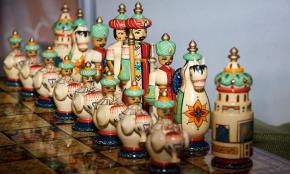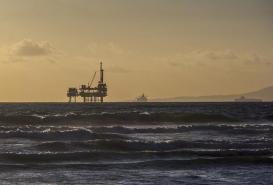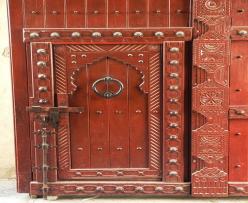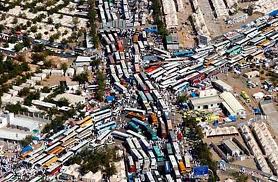Masood Ahmad, chief of the International Monetary Fund’s Middle East and Central Asia Department, believes that several Arab countries involved in the upheaval of what was termed the “Arab Spring” of 2011 need a significant infusion of funds to regain stability and develop positively.
“The $30 billion finance should go to several countries that are witnessing instability including Jordan, Morocco, Yemen, Egypt, Tunisia except Syria,” Ahmad said.
Ahmad was addressing the media at the Annual Meeting of Arab Financial Institutions and the Fourth Meeting for the Council of Arab Finance Ministers.
“The situation in Syria is not clear enough and we can’t come out with a final evaluation for their financial needs,” he added.
Syria’s problems are centered more on the humanitarian issues, and that tragedy needs the immediate attention of the Arab community.
“We still have spillover cost attached to neighboring countries in terms of refugees and trade loss in these countries,” Ahmad explained.
The IMF head also said that his organization is not the only one that can give financial support to the Arab Spring countries. The GCC has participated, and should continue to participate in support of countries in the region. Other financial institutions in the area should also continue to help.






